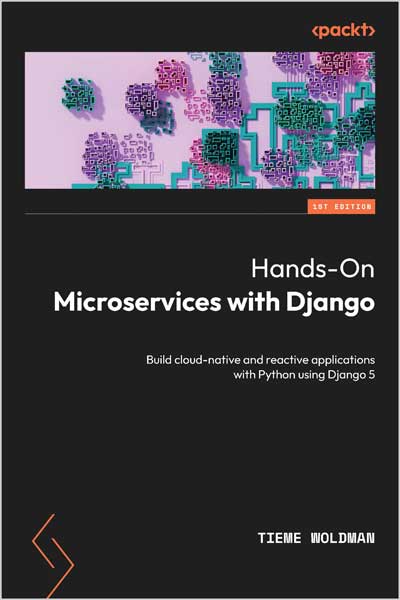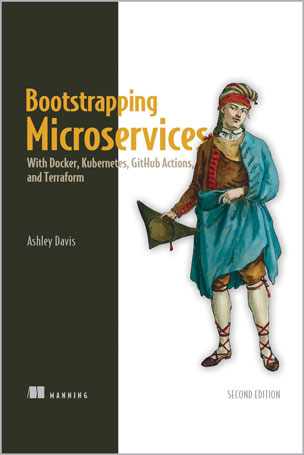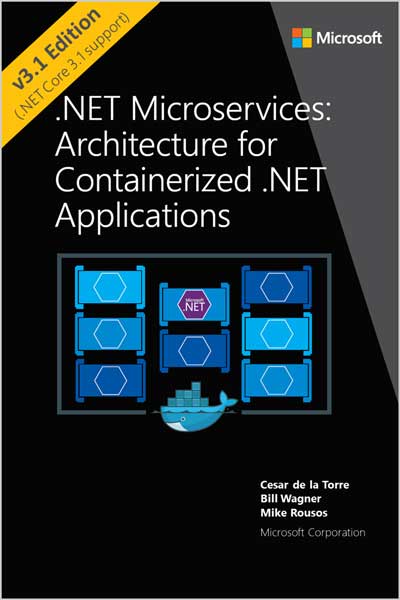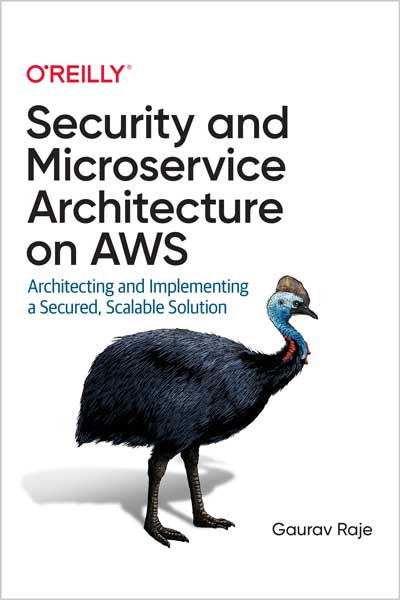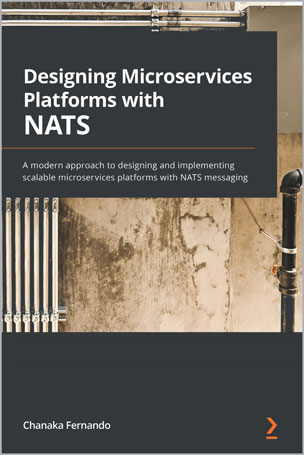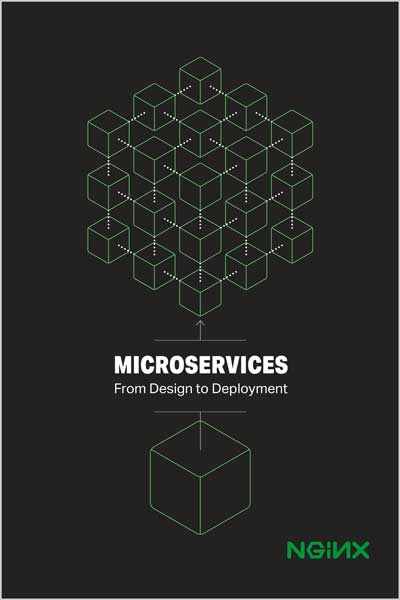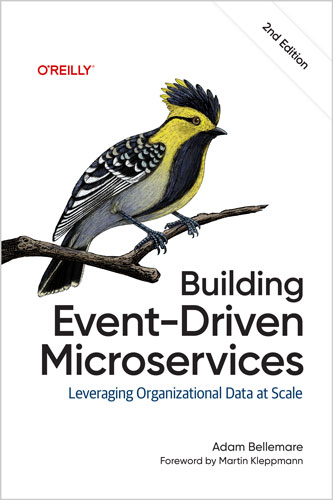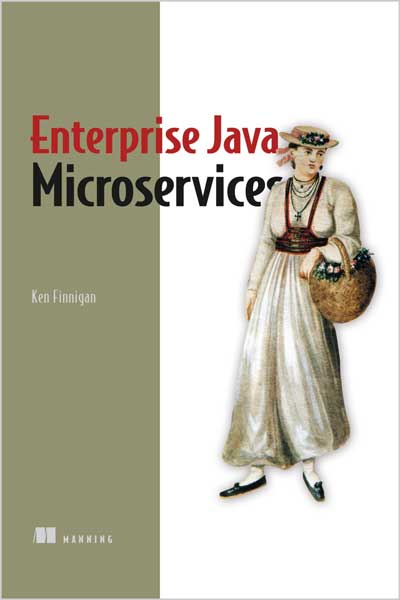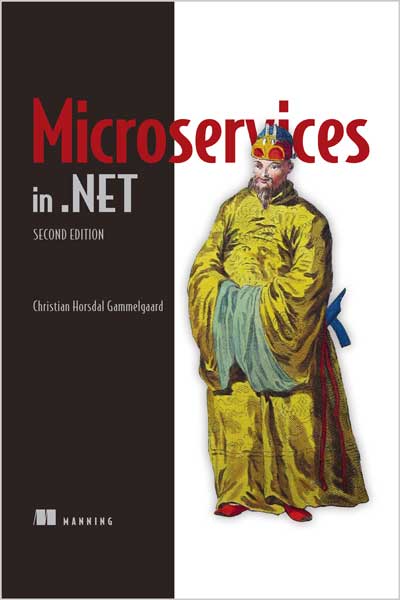Build resilient and scalable microservices using Spring Cloud, Istio, and Kubernetes
Magnus Larsson
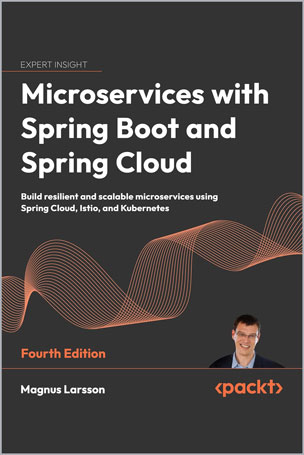
#Microservices
#Spring_Boot
#Spring_Cloud
#Kubernetes
#APIs
#JUnit
#Docker
#Istio
AUGUST 2025 EDITION: Create and deploy production-grade microservices-based applications with this edition fully updated to the latest versions of Spring Boot, Java, and Spring Cloud
Key Features
- Build cloud-native production-ready microservices and stay ahead of the curve
- Understand the challenges of building large-scale microservice architectures
- Learn how to get the best out of the latest updates, including Java, Spring Boot, Spring Cloud, Kubernetes, and Istio
Book Description
Do you want to build and deploy microservices but are unsure where to begin? Check out the fully updated August 2025 edition of Microservices with Spring Boot and Spring Cloud.
Drawing from Magnus’ decades of experience, you’ll start with simple microservices and progress to complex distributed applications, learning essential functionality and deploying microservices using Kubernetes and Istio along the way.
This book covers Java 24, Spring Boot 3.5, and Spring Cloud 2025, featuring updated code examples and replacing deprecated APIs. You’ll get a clear understanding of Spring’s Ahead of Time (AOT) module, observability, distributed tracing, and Helm for Kubernetes packaging. The chapters show you how to use Docker Compose to run microservices with databases and messaging services and deploy microservices on Kubernetes with Istio. You’ll also explore persistence, resilience, reactive microservices, and API documentation with OpenAPI, as well as learn service discovery with Netflix Eureka, edge servers with Spring Cloud Gateway, and monitoring with Prometheus, Grafana, and the EFK stack.
By the end of this book, you’ll be able to confidently build scalable microservices using Spring Boot and Spring Cloud.
What you will learn
- Build reactive microservices using Spring Boot
- Develop resilient and scalable microservices using Spring Cloud
- Use OAuth and Spring Security to protect public APIs
- Implement Docker to bridge the gap between development, testing, and production
- Deploy and manage microservices with Kubernetes
- Apply Istio for improved security, observability, and traffic management
- Write and run automated microservice tests with JUnit, test containers, Gradle, and bash
- Use Spring AOT and GraalVM to compile your microservices into native executables
- Utilize Micrometer for distributed tracing
Who this book is for
If you're a Java or Spring Boot developer learning how to build microservice landscapes from scratch, then this book is for you. Prior experience in building apps with Java or Spring Boot will help you get started with this book.
Table of Contents
Part 1: Getting Started with Microservice Development Using Spring Boot
Chapter 1: Introduction to Microservices
Chapter 2: Introduction to Spring Boot
Chapter 3: Creating a Set of Cooperating Microservices
Chapter 4: Deploying Our Microservices Using Docker
Chapter 5: Adding an API Description Using OpenAPI
Chapter 6: Adding Persistence
Chapter 7: Developing Reactive Microservices
Part 2: Leveraging Spring Cloud to Manage Microservices
Chapter 8: Introduction to Spring Cloud
Chapter 9: Adding Service Discovery Using Netflix Eureka
Chapter 10: Using Spring Cloud Gateway to Hide Microservices behind an Edge Server
Chapter 11: Securing Access to AP ls
Chapter 12: Centralized Configuration
Chapter 13: I mp roving Resilience Using Resilience4j
Chapter 14: Understanding Distributed Tracing
Part 3: Developinq Liqhtweiqht Microservices Usinq Kubernetes
Chapter 15: Introduction to Kubernetes
Chapter 16: Deploying Our Microservices to Kubernetes
Chapter 17: Implementing Kube metes Features to Simplify the System Landscape
Chapter 18: Using a Service Mesh to I mp rove Observability and Management
Chapter 19: Centralized Logging with the EFK Stack
Chapter 20: Monitoring Microservices
Chapter 21: Installation Instructions for macOS
Chapter 22: Installation Instructions for Microsoft Windows with WSL 2 and Ubuntu
Chapter 23: Native Compiled Java Microservices
Chapter 24: Unlock Your Book's Exclusive Benefits
About the Author
Magnus Larsson, an IT industry veteran since 1986, has consulted for major Swedish firms such as Volvo, Ericsson, and AstraZeneca. Despite past struggles with distributed systems, today's open source tools such as Spring Cloud, Kubernetes, and Istio offer effective solutions. For the past 10 years, Magnus has been helping customers use these tools and has shared his insights through presentations and blog posts.
